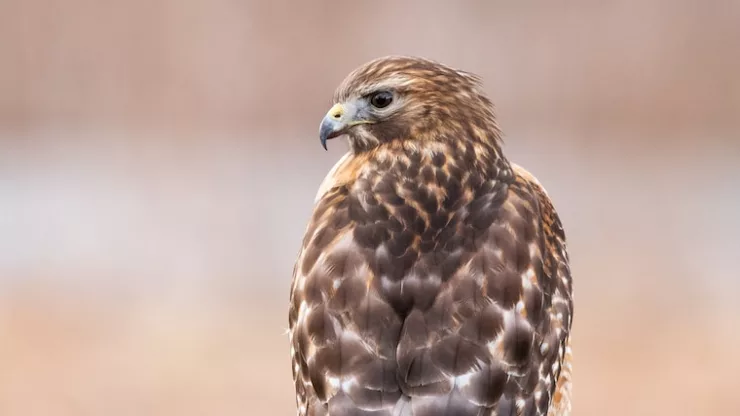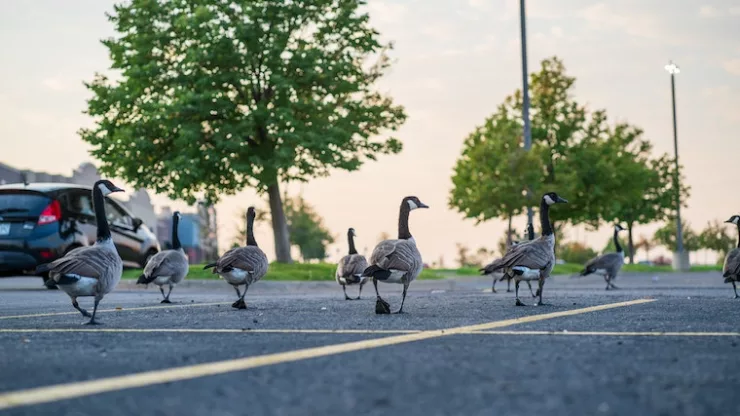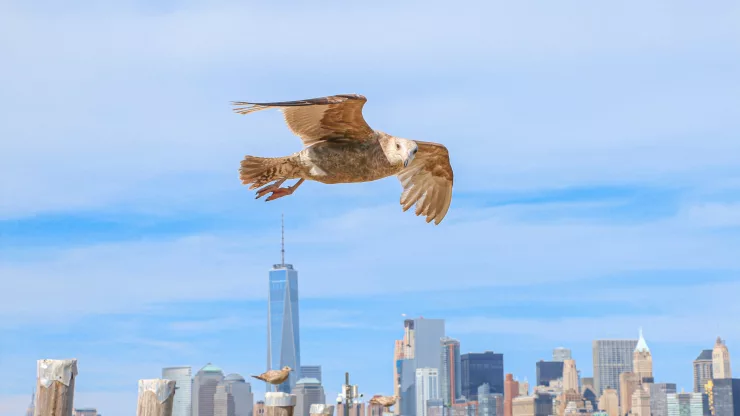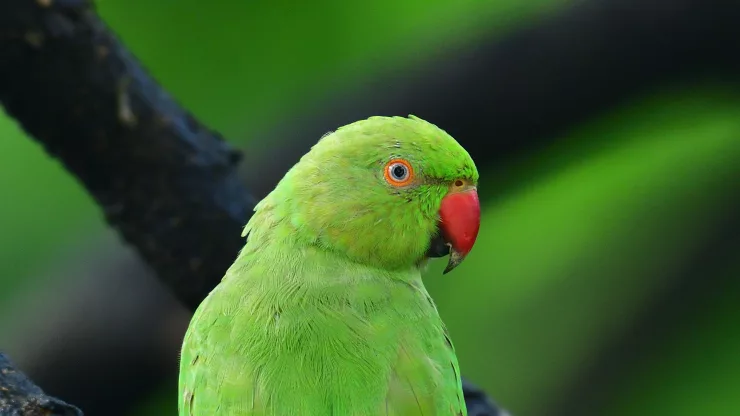Urban birds of prey are fascinating creatures that often go unnoticed by city dwellers.
They play a vital role in maintaining the ecosystem’s balance, and understanding them is crucial for their protection.
This guide provides an overview of the common urban birds of prey, their characteristics, hunting techniques, and the challenges they face.
Jump to Section
Introduction to Urban Birds of Prey
What are birds of prey?
Birds of prey, also known as raptors, are carnivorous birds that hunt and feed on other animals. They have sharp talons and beaks, keen eyesight, and powerful wings that enable them to hunt and capture their prey.
Why study urban birds of prey?
Urbanization has led to significant changes in the habitats and food sources of birds of prey. Understanding how they adapt to urban environments and the challenges they face can help us develop strategies to protect them.
Additionally, urban birds of prey provide valuable ecosystem services such as pest control and pollination.
Common Urban Birds of Prey
Squirrels – The First Step in the Food Chain
Squirrels are the primary food source for many urban birds of prey, especially those that live in parks and wooded areas.
They are abundant in cities and provide a reliable food source for birds of prey.
| Common Urban Birds of Prey that feed on squirrels |
|---|
| Red-tailed Hawk |
| Cooper’s Hawk |
| Sharp-shinned Hawk |
| Great Horned Owl |
| Barred Owl |
Hawks – The Apex Predators of the Urban Skyline
Hawks are the most common urban birds of prey that can be seen soaring above the city skyline.
They are known for their sharp vision, powerful talons, and impressive hunting skills.
| Common Urban Hawks |
|---|
| Red-tailed Hawk |
| Cooper’s Hawk |
| Sharp-shinned Hawk |
Falcons – The Speed Demons of the Urban Jungle
Falcons are the fastest birds of prey and are known for their exceptional speed and agility.
They are often found in urban environments, where they hunt smaller birds and insects.
| Common Urban Falcons |
|---|
| Peregrine Falcon |
| American Kestrel |
Understanding Urban Birds of Prey
Anatomy and Physiology of Birds of Prey
Birds of prey have several unique adaptations that make them efficient hunters.
Their eyesight is up to 8 times sharper than humans, and they have a flexible neck that allows them to turn their heads 180 degrees.
Additionally, their talons are strong enough to crush bones, and their hooked beaks are perfect for tearing flesh.
Hunting Techniques of Urban Birds of Prey
Urban birds of prey use a variety of hunting techniques, including stooping, soaring, and perching.
Stooping is a technique in which the bird dives down on its prey at high speed, while soaring involves circling in the air and scanning the ground for prey.
Perching is when the bird waits for its prey to come within striking distance.
Adaptations of Urban Birds of Prey
Urban birds of prey have adapted to the challenges of city life in several ways.
For example, some species have learned to hunt pigeons and rats, while others have adapted to the noise and light pollution of urban environments.
Challenges Facing Urban Birds of Prey
Human Threats to Urban Birds of Prey
Urban birds of prey face several human threats, including habitat loss, pollution, and collisions with buildings and vehicles.
Additionally, some people view them as a nuisance and may harm or kill them.
Environmental Challenges Facing Urban Birds of Prey
Climate change is also a significant threat to urban birds of prey. Changes in temperature and precipitation patterns can affect their food sources, migratory patterns, and breeding habits.
Conservation Efforts to Protect Urban Birds of Prey
Several organizations are working to protect urban birds of prey, including the Audubon Society, the World Wildlife Fund, and the Raptor Education Group.
These organizations conduct research, provide education and outreach, and work with policymakers to develop conservation strategies.
The Importance of Urban Birds of Prey
Urban birds of prey play a crucial role in maintaining the ecosystem’s balance. They control pest populations, pollinate flowers, and provide food for other animals.
Additionally, they are an essential part of our natural heritage and add beauty and excitement to our cities.
Final Thoughts and Future Directions
Urban birds of prey are fascinating creatures that deserve our attention and protection.
By understanding their characteristics, hunting techniques, and challenges, we can develop strategies to conserve them for future generations.
FAQ
What is the difference between hawks and falcons?
Hawks are larger, heavier birds of prey that hunt from a perch or soar in the air.
Falcons are smaller, lighter birds that hunt by stooping down on their prey from great heights.
How do birds of prey hunt at night?
Many birds of prey, such as owls, have excellent night vision and can hunt in complete darkness.
They also have specialized feathers that allow them to fly silently, making it easier to surprise their prey.
Are urban birds of prey dangerous to humans?
No, urban birds of prey are not dangerous to humans unless provoked or threatened.
They are more likely to avoid humans and only attack when they feel threatened or need to protect their young.
I’m a nature enthusiast and creator of Metro Wilds and have spent years exploring the great outdoors.
With a passion for environmental conservation and sustainability, I have dedicated my career to writing about the beauty and wonders of nature, as well as the threats facing our planet.
Contact me at [email protected] for assistance.





